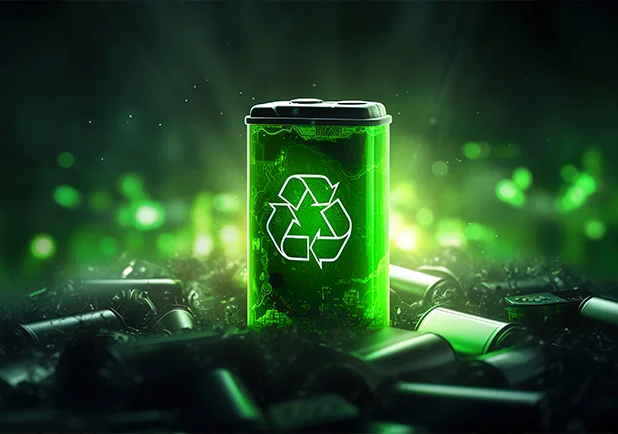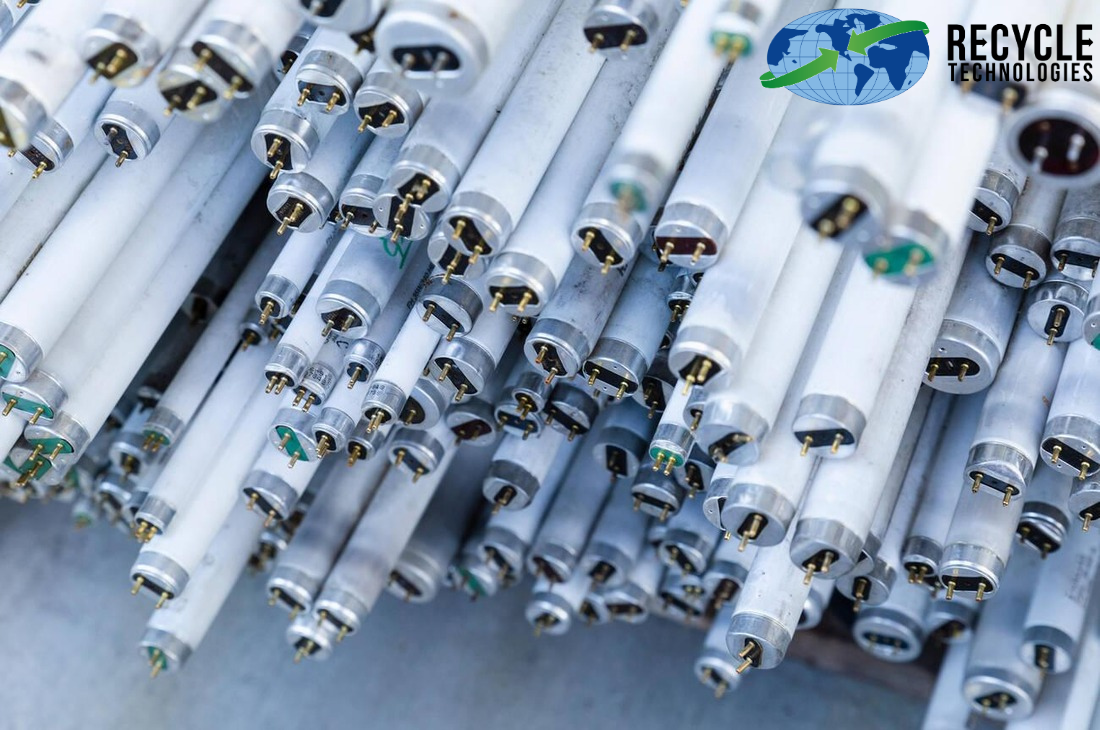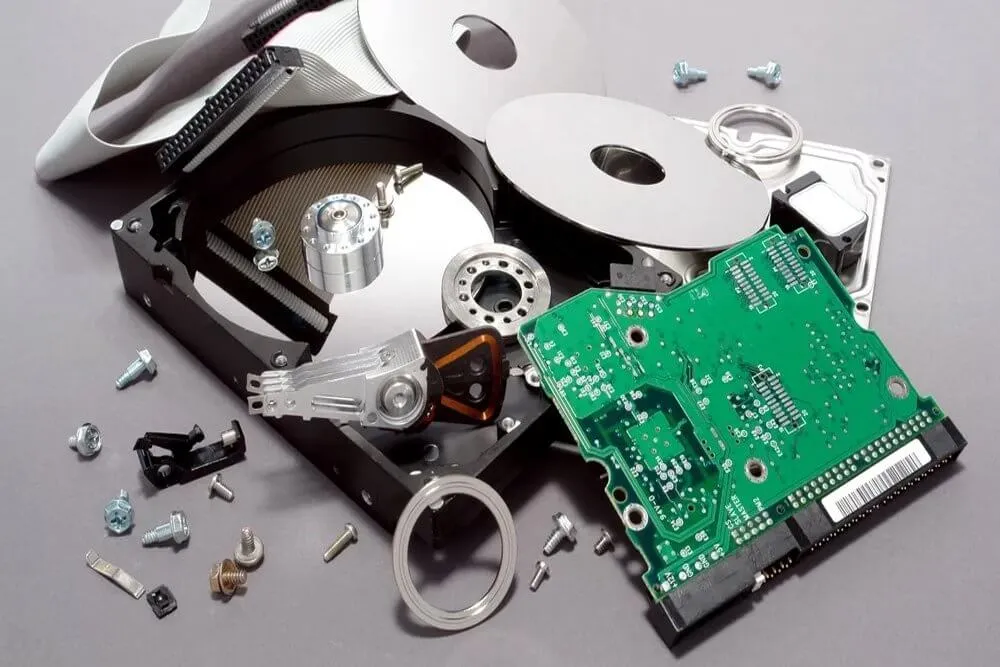In 1801, Alessandro Volta invented the first battery. His first attempts were modest in design, consisting of basic objects: thin sheets of copper, cardboard, and zinc separated by moist leather. Volta's conducting element was - unbelievably - his own tongue.
However, the development of a commercially practical lithium-ion battery was recent:
in 1979, inventors John B. Goodenough and Koichi Mizushima created a rechargeable lithium cell with around 4 volts that employed lithium cobalt dioxide as the positive electrode.
This was the turning point in the lithium-ion battery's success. Its rechargeability also makes it a necessary precondition for battery-powered electric vehicles. However, these batteries have a life of their own and need to be properly recycled afterward. EV Battery recycling helps deal with the over-filing of scrapyards with toxic materials.
What Goes Into An EV Battery?
Lithium-ion (Li-ion), Nickel Manganese Cobalt (NMC), Nickel Metal Hydride (Ni-MH), Lithium Sulphur (Li-S), and Lead-Acid are the most prevalent chemistries for electric car batteries. Instead of Lithium-ion batteries, nickel-metal hydride batteries are commonly used in hybrid vehicles.
A standard EV battery (NMC532) makes up around 8 kilograms (17 pounds) of lithium carbonate, 35 kilograms (77 pounds) of nickel, 20 kilograms (44 pounds) of manganese, and 14 kilograms (30 pounds) of cobalt.
Where Does The Need For EV Batteries Recycling Come From?
Concerns are rising about the availability of these basic materials for electric car batteries production. We can predict whether supply will be able to satisfy demand in the future by examining the resources available on the earth and our ability to extract them cost-effectively using existing technologies.
According to researchers, there may be a global mining capacity shortfall to mine the number of raw materials necessary to supply the predicted demand for electric cars. To ensure that these natural resources are not depleted, we need to normalize EV battery recycling.

The Future of EV Batteries
Electric vehicles appear to be here to stay, as their popularity grows. Various firms' research and development is dramatically enhancing the performance of electric car batteries by lowering production costs, boosting power, and expanding range.
Improving energy density may either enhance an EV's range or lower the weight and size of the battery for the same range. To boost energy density, new chemistries such as lithium air, lithium Sulphur, and advanced lithium-ion are being investigated.
New Fast Charging Technology
There is an ongoing endeavor to shorten the charging periods of EV batteries to match the time it takes to refill a gasoline automobile. Battery makers are trying to do this without jeopardizing battery longevity, which might be severely affected by fast charging rates.
Heat is a key issue with rapid charging. When a battery is charged fast, it produces a lot of heat, which can harm it over time. As a result, efficient cooling systems are an essential part of rapid charging technology. While some systems employ air cooling, liquid cooling systems are often more successful in lowering temperatures.
EV Battery Recycling
As the popularity of EVs grows, so does the need to deal with spent batteries. Efforts are being made to increase battery recyclability as well as to discover "second life" applications for batteries that have degraded beyond the point of being usable in a vehicle but may still give value in less demanding applications such as stationary energy storage.
Because of the variety of battery chemistries in use, EV battery recycling is difficult and expensive. Batteries from different manufacturers, for example, might have varied designs and materials, making it challenging to build a one-size-fits-all recycling procedure.
Wireless Charge Possibility
Wireless charging, while still in its early phases of research, might allow for more convenient charging in one's house or even the ability to charge while travelling on equipped roadways.
Wireless recharging, also known as inductive charging, transfers energy between two items by using electromagnetic fields. In the case of electric vehicles, this usually entails a charging pad on the floor and an electrical receiver on the vehicle's underbelly. When a car parks over the pad, energy is wirelessly transmitted from the pad to its receiver and later to the vehicle's battery. This drops the requirement for a physical charging wire.
How Is The Tesla Battery Unique From The Rest?
Tesla also has a different battery chemistry than other big manufacturers, including aluminum in addition to the normal nickel and cobalt. According to the battery researchers, this approach resulted in maximum range due to larger-capacity battery chemistry, but the drawbacks included a higher fire risk and a lower cycle life, or life span across hundreds of charges.
Conclusion
EV Battery Recycling is critical as it will help us properly dispose of them. Currently the demand for EV has been increasing. Unless we have a stronger policy in battery recycling, we can expect them to contaminate our soil and our water sources sooner than later. The reason for this article was to show why we need policies to regulate battery recycling. This will help us stop relying on Chinese batteries and start making American ones. But the main reason China is far ahead of us is because their recycling initiatives. They use circular economy to manufacture new batteries while we rely on mining resources.
Recycle Technologies is preferable recycler for EV battery Recycling. We are certified by both State and Federal organizations to provide you safe and secure services. To Learn how we can make a difference for your business, click here













